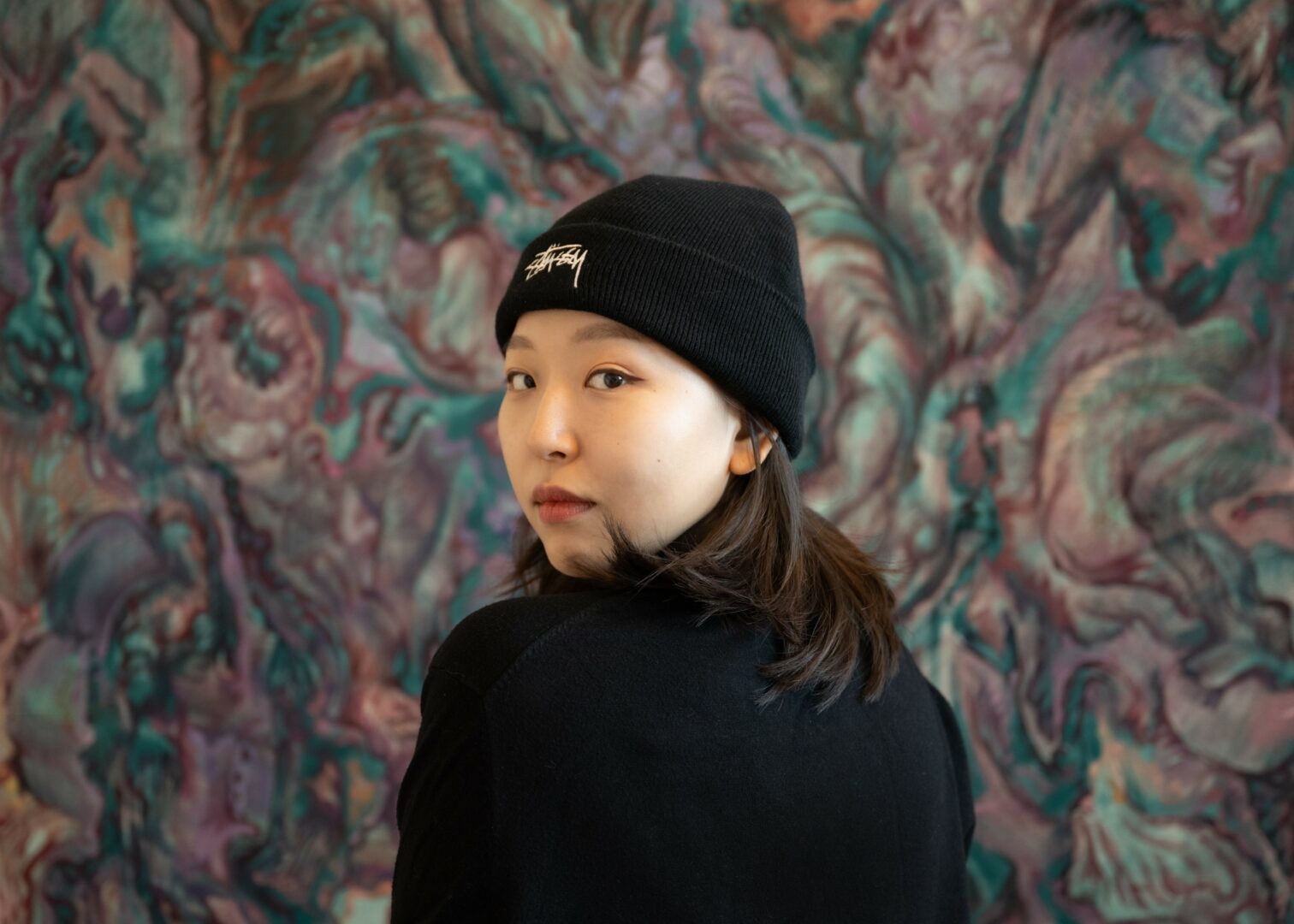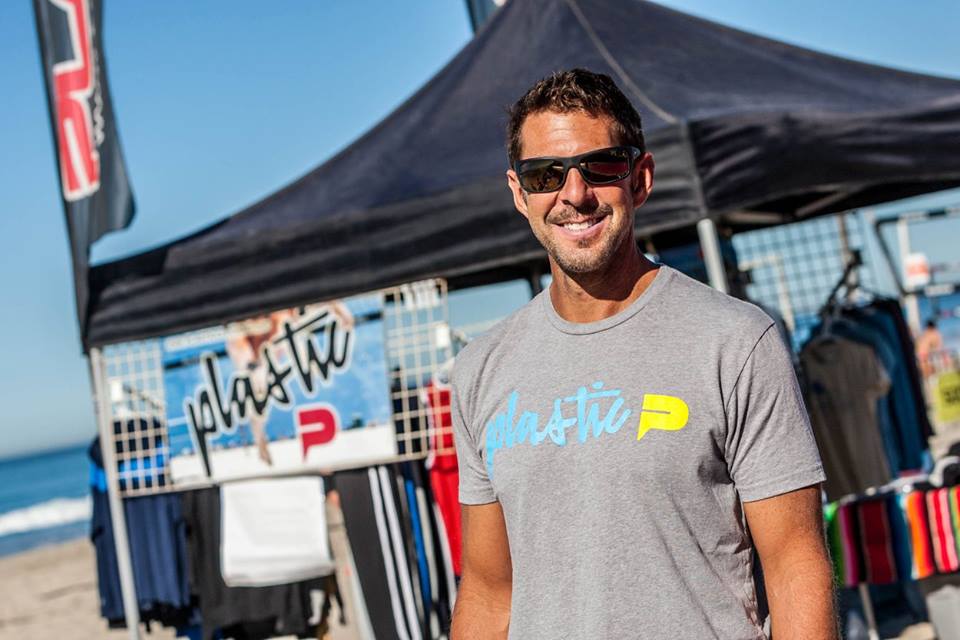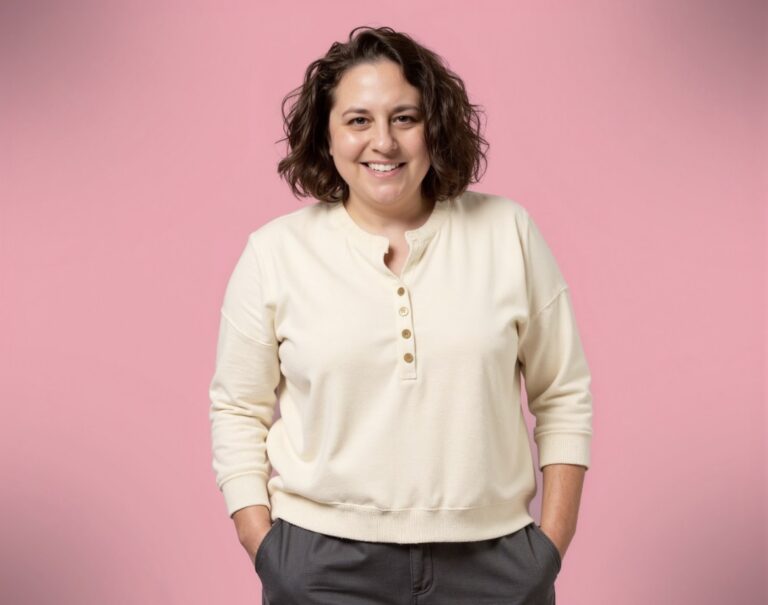We caught up with the brilliant and insightful Yerang Moon a few weeks ago and have shared our conversation below.
Hi Yerang, so excited to talk about all sorts of important topics with you today. The first one we want to jump into is about being the only one in the room – for some that’s being the only person of color or the only non-native English speaker or the only non-MBA, etc Can you talk to us about how you have managed to be successful even when you were the only one in the room that looked like you?
Even though my art is not expressively about my identity as a Korean artist, I am aware that my representation of body metamorphosis is part of my long journey as a Korean woman. My practice as an artist, is the life of being an artist, not just the process of art. It’s a meaningful metaphor to make sense of the complexities and nuances of the world. So, in every space where I find myself the only person that looks like me, it’s about me figuring myself out and defining myself within a given context through art. I don’t make public statements; I make art. That’s my statement. My policy is to be an artist.
I was born and raised in Korea. Korea is a homogenous society but growing up I was aware that I was different. There were perceptible differences in the way I view the world, the way I formulate my thoughts: my passion for certain feelings and artistic activities. I was looking for something that works like a language: something that people could read, let them digest and feel it so that they are willing to share what they got from it. I never felt isolated or misunderstood, but the strangeness never wore off.
The first time I came to New York, I was 11 years old. I lived in Long Island City for 2 years. Suddenly, I was Asian. For the first time I was a ‘minority,’ not only because I looked different from most people but very few people knew anything about South Korea. Since I moved to NYC last year, there has been a huge culture shift. Korean artists are increasingly active on the international art scene with exhibitions and collaborations taking place in major art capitals around the world. This visibility has affirmed the inherent quality and value of Korean art and culture and enables artists like me to develop our own stories, and to share our work and connect with larger audiences. I do not feel disadvantaged being a Korean, a woman, or a young artist. This is a perfect moment for my artwork and to shed light beyond our visible differences.
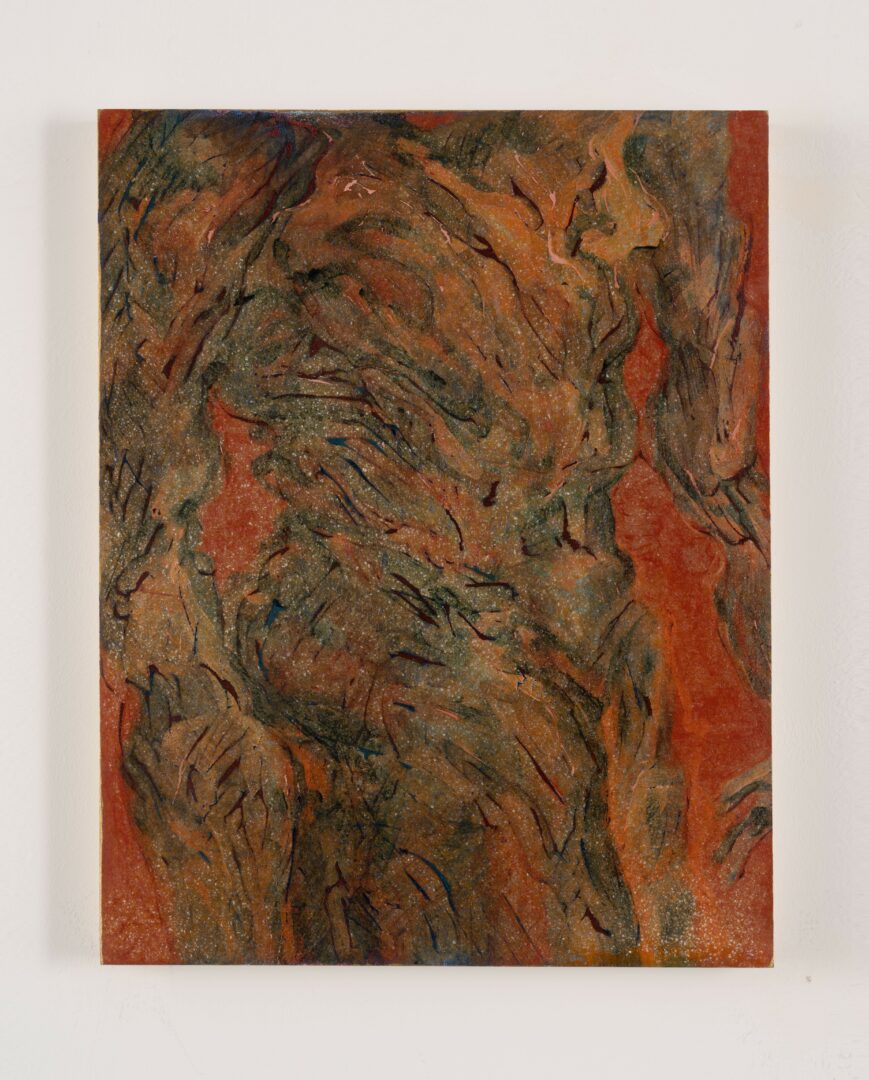

Appreciate the insights and wisdom. Before we dig deeper and ask you about the skills that matter and more, maybe you can tell our readers about yourself?
I create tangled, interwoven, distorted figures. In a state of fragmentation, losing their orientation in a liminal space: a chaos of form. Adopting multiple roles as a social person creates conflicts both within and between individuals, I create physical manifestations of these inner struggles.
The scenes in my works do not originate from a single moment. I recall my interactions with people, then build images of these accumulated moments. My figures are free from given roles, living collectively and anonymously in a world where differences are blurred and interchangeable. I avoid assumptions about one’s true desires and instead aim to represent them clearly without bias. In their world of anonymity, there is still a connection between them: a closeness that exists when you trust someone; a closeness that transcends boundaries.
Recently, I have been exploring new techniques in my paintings. I refer to this as the “Fragmentation process.” By only using a single-color palette mixed with sand per layer, and repeating this process, I stack a volume of organic imagery of human bodies. The thickness of the paints leaves a trace of brush strokes when I repeat the process. Then, I grind the accumulated paints altogether. The result is a flattened imagery that does not clearly show the person who is drawn. A cross-section of paints somehow seems like a magnified cell picture under a microscope while containing a slight sense of the figures’ images. I refer to this process as ‘fragmented’ because the final image is dissimilar to the first layer. This performance reveals unexpected moments in life, impurities that are unintendedly accompanied in life, and how different an individual can be seen to others than one’s own perception of himself. Anonymity is the key. The figures seem free without clear depiction of their appearance, and free from all given roles living as a collective in society. Also, I’ve been gathering resources that don’t distinctly show the human body, but certainly reveal facts about human beings, like ‘partial’ MRI (magnetic resonance imaging) photos or voicemails. These days, I have been thinking about what’s beyond the human body. There are so many profound aspects of life that are not discovered yet.
I feel most excited to share the news about my upcoming exhibitions! I recently collaborated with the poet, Lauren Crawford, and my new artwork will be featured in AWP 2025, the largest writer’s conference in the country in Los Angeles March 2025. As part of her new book, many artists created artworks inspired by her poetry. Also, 50% of the sales of my artwork will be donated to The Trevor Project, the world’s largest suicide prevention and mental health organization for lesbian, gay, bisexual, transgender, queer & questioning (LGBTQ) young people. I feel so honored to be part of this meaningful collaboration with Lauren Crawford and The Trevor Project. The act of imagination coupled with action is the most powerful tool as artists we have. I hope my little contribution extends beyond this collaboration.
I will also participate in a group show at A Space Gallery in Brooklyn from November 29 to December 12, 2024 with my newest painting, Resonance. This winter, the L.a studio residency program in Pennsylvania is scheduled for a month. So, lots of things are coming — collaborations, exhibitions, haha! The imagery I am creating is becoming clear and closer to me. Can’t wait to see what will happen in 2025!
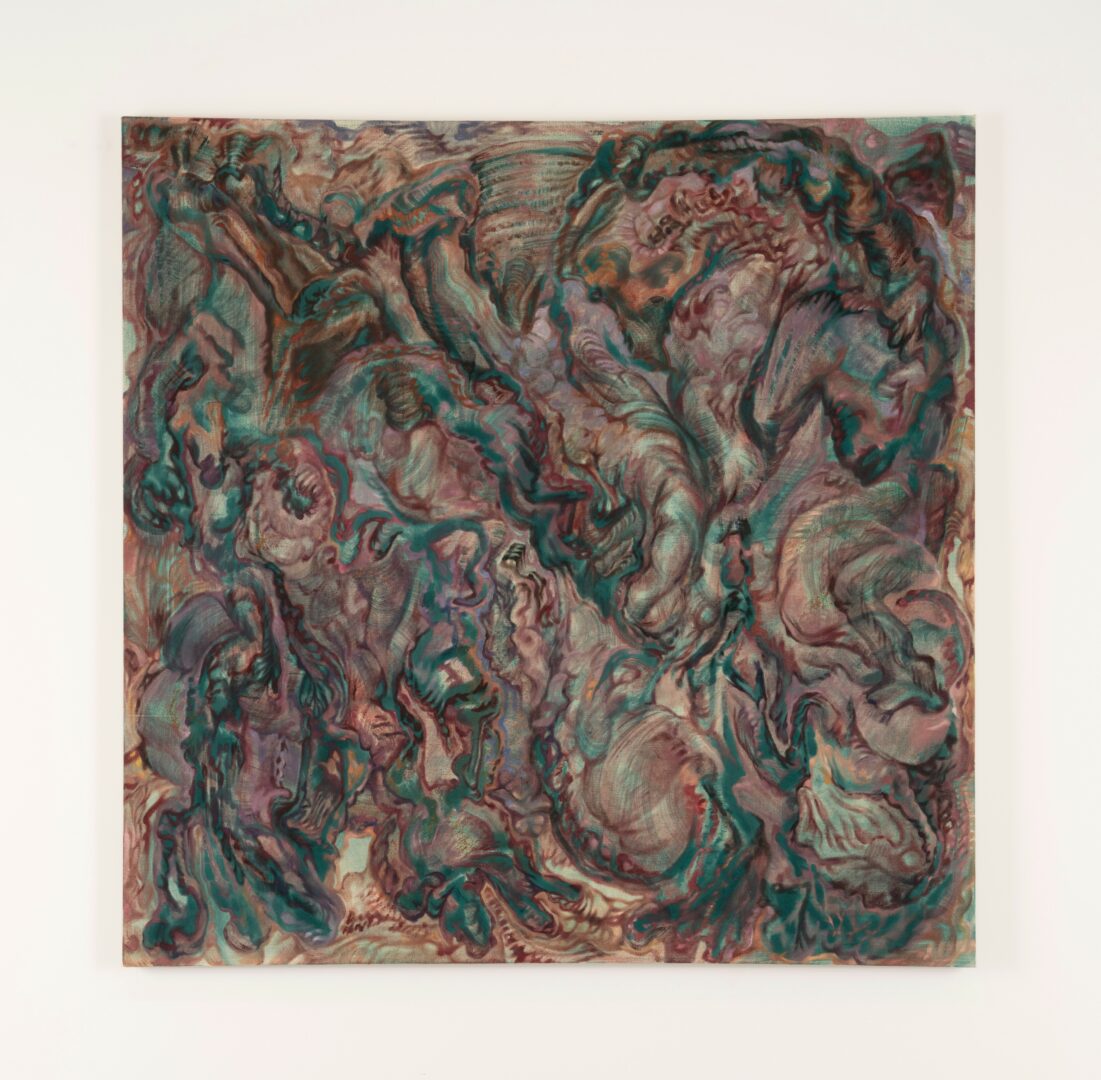
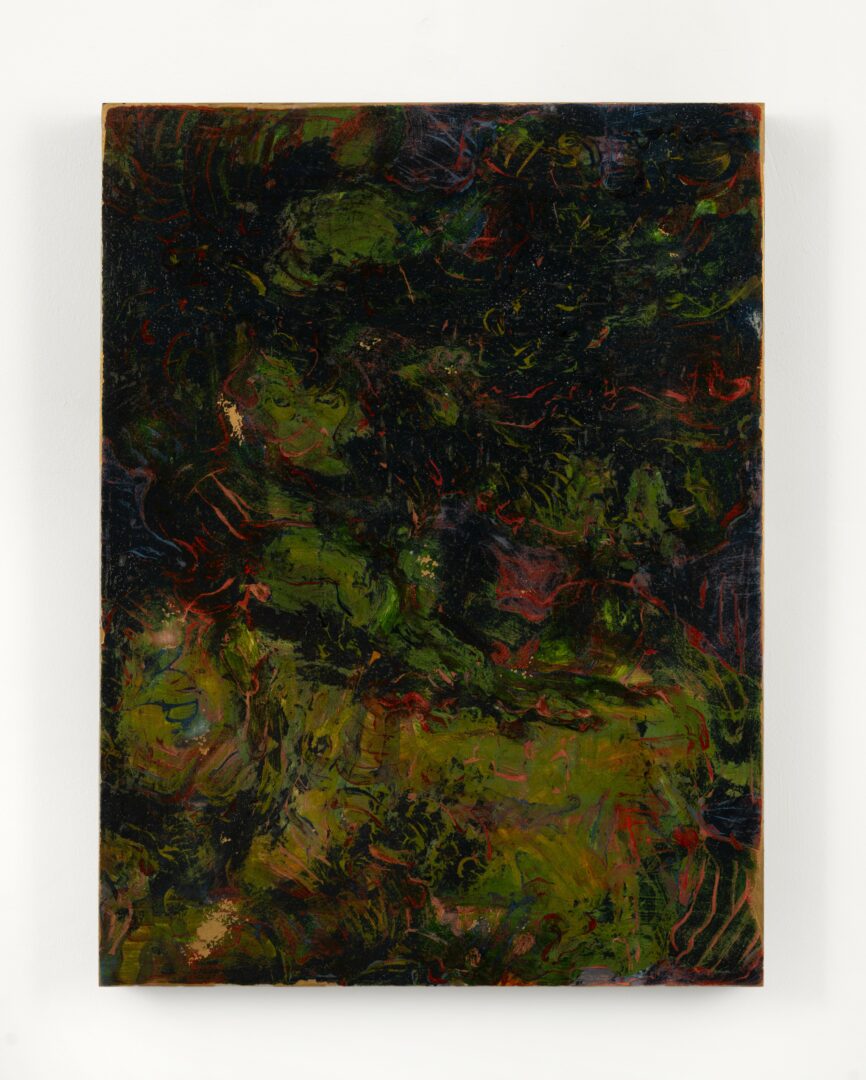
If you had to pick three qualities that are most important to develop, which three would you say matter most?
Art is mostly about feelings. Cézanne famously said, “A work of art which isn’t based on feeling isn’t art at all.” It’s hard not to agree with him. Beyond the aesthetic appeal of color, symmetry, composition, balance, and perspective, art comes from a deeper level of ourselves, allowing us to create imageries that don’t exist until you translate them to a visual language, or moments that’s hard to describe every aspect of it verbally. I have tried to articulate what I feel and the source of it most times. It’s a skill I get better and better at as I become more conscious of the way it operates.
Thoughts and ideas are constantly flowing in our minds, taking over our thinking. We can use those feelings to make art. Looking into ourselves, we can learn more about how our mind works. It is like a damping material; it absorbs the extreme emotions and transforms them into something we can observe. This process leads to more acceptance and confidence in ourselves, and ultimately, more meaningful and authentic artwork.
Last but not least, “don’t underestimate the research process.” Yes, of course, as artists we are valued for the things we make: our paintings. Sculptures, installations etc. But is the ‘making’ the most important part of being an artist? An artist sensibility is the ability to experience deep feelings, but we are also thinkers. We think about what we want to visualize and how to approach the imagery so that the outcome matches the initial idea. Also, a lot of the questions provoked by the completed artwork can only be addressed by the artist before the ‘making’ if they have given serious thought to the content, context, and the technique used in the artwork. As I write this, I am also saying to myself, “Ha-ha!” Sometimes, I tend to just start creating without doing enough research since I am highly motivated, and I have a lot of ideas. However, being in grad school has underscored the value of research since our thinking and feeling is the impetus for the making and determines what we make. This is why being an artist feels like being a researcher at the same time.
So, I have not offered any suggestions for how a prospective artist can refine their skills over time. My contention is that the ‘thinking’ and ‘feeling’ is more important than the ‘making.’ Being self-aware and listening to yourself is paramount. Be consistent. Work on your art daily, even for a brief moment. And know that being an artist is a privilege.
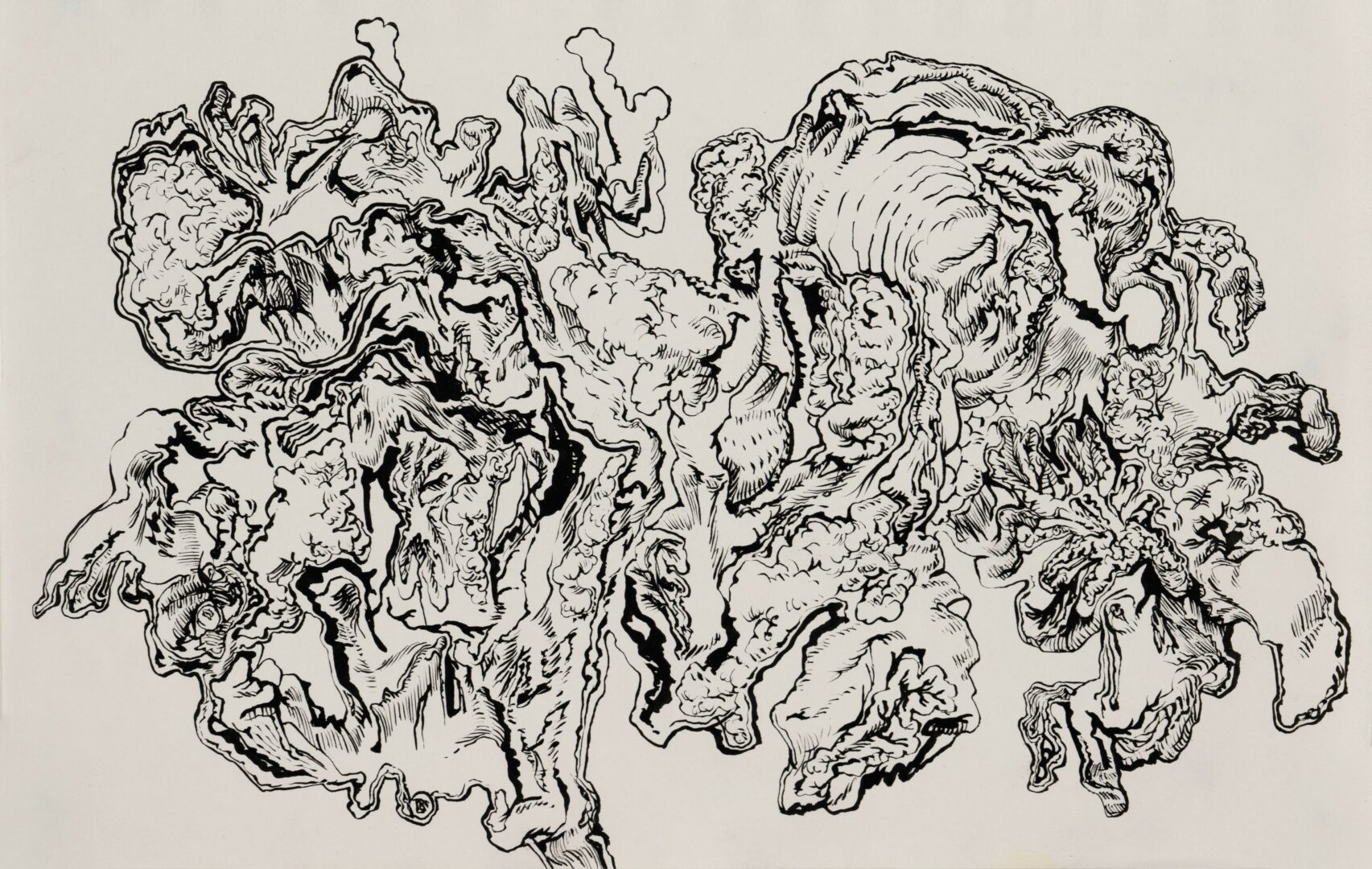
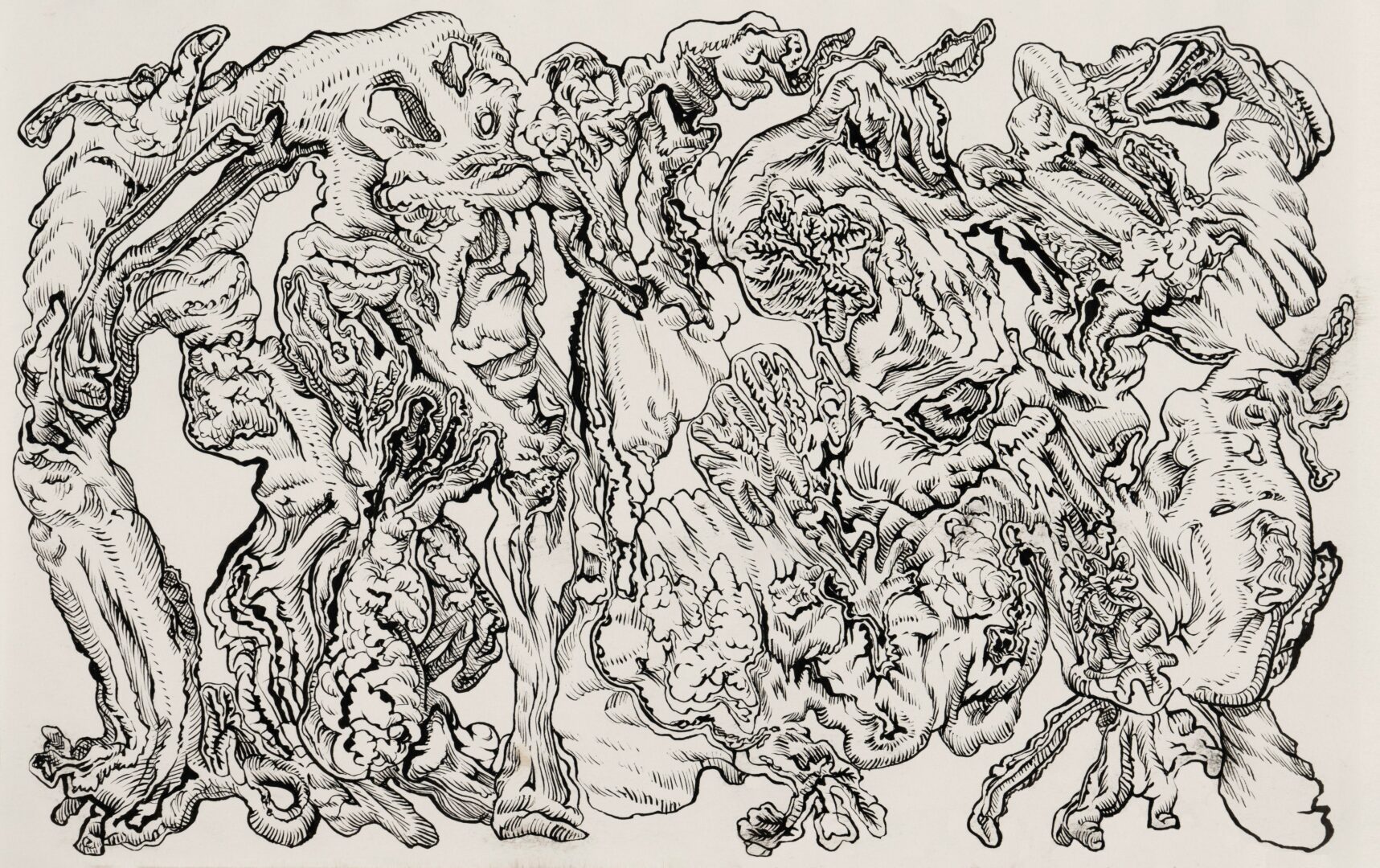
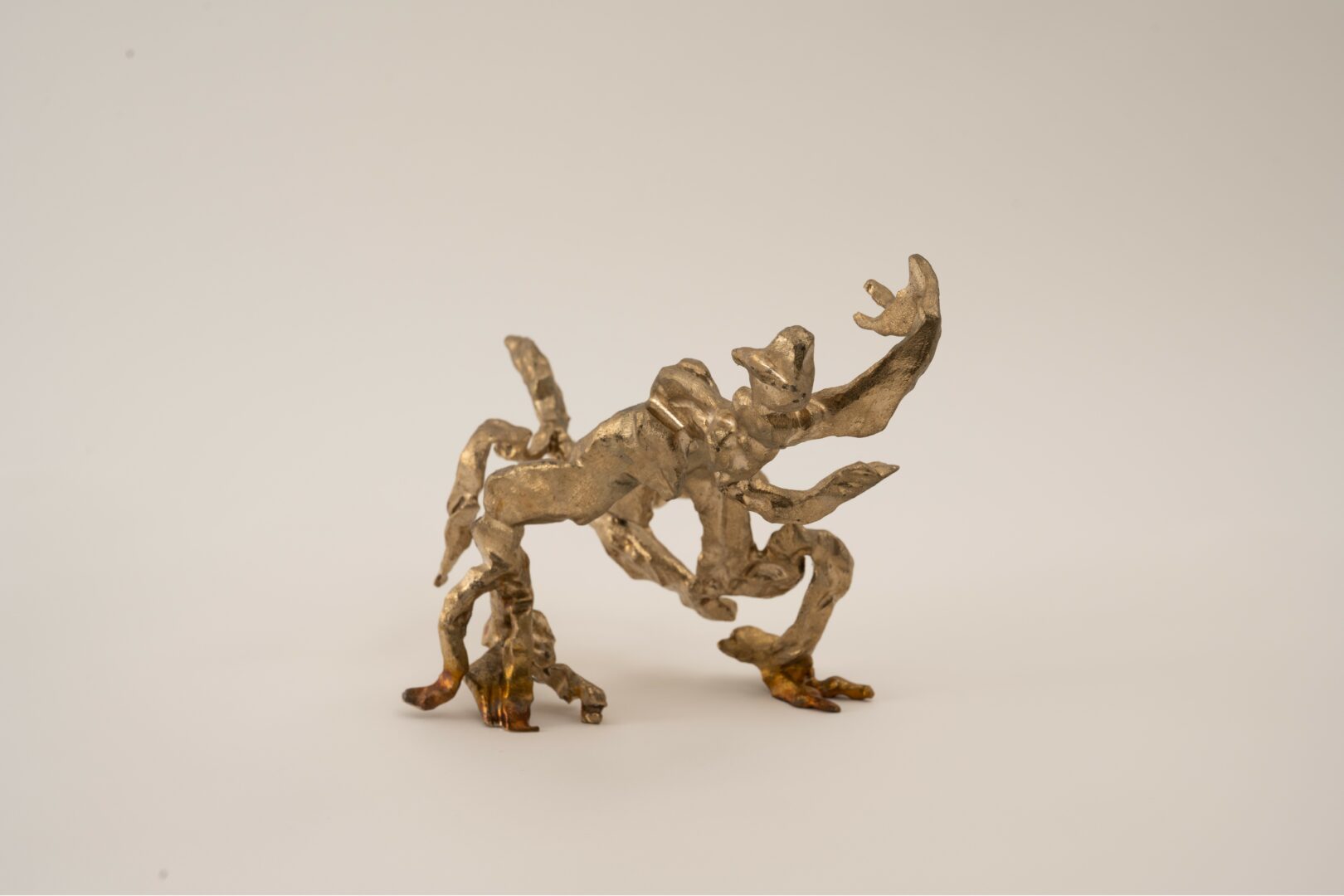
What would you advise – going all in on your strengths or investing on areas where you aren’t as strong to be more well-rounded?
What I am interested in at this point is challenging my imagination and perception. Due to the ongoing nature of contemporary art, there are indeed unexplored and underexplored areas in art with the potential for new discoveries and perspectives. So, I should start by redefining “improving areas you aren’t as strong in” as “unexplored area.”
Anything you learn will go in your toolbox so that you can pick it up anytime and use it whenever you feel it’s the perfect moment. This does not merely apply to art where techniques, and various forms and methods remain available for deeper discovery, but also to language and social skills. It is important to understand how interconnected all of this is, and how it helps you get closer to the final imagery that you want to express.
Most times I feel like a researcher, I get information or inspiration from all aspects of my life. As an undergrad, majoring in sculpture, I created tech-combined installations for the thesis show. It was a participatory project exploring the notion of formless art/claiming to be formless art, called “Receipt-project.” Since receipt is a symbol (or by-product) of a transaction, I set this as the main theme, and through a website, I reached out to/connected with art enthusiasts who believed that formless art would be mainstream in the near future. Since I am obsessed with anatomical studies, my early sculptures were all human figures with blurred gender. These are pretty different from what I am doing nowadays, but they contributed to who I am now in many ways. With that background, I create structures of the imaginary human metamorphosis in paintings so that all interweaved figures seem as a mass but still have a sense of real bones, muscles, and flesh. My past experiences of coding let me doubt every visual element I see in real life because they were mostly transferred information by someone else. The ongoing interest of social structures within our lived experiences which are barely seen if we do not pay attention to is aligned to the interest I had in the past. Therefore, metaphorically speaking, exploring new areas works like muscle memory. It guides me to pay attention to something new; it helps me build my own perspectives towards different worlds and allows me to recognize the shape of what was not seen as obvious.
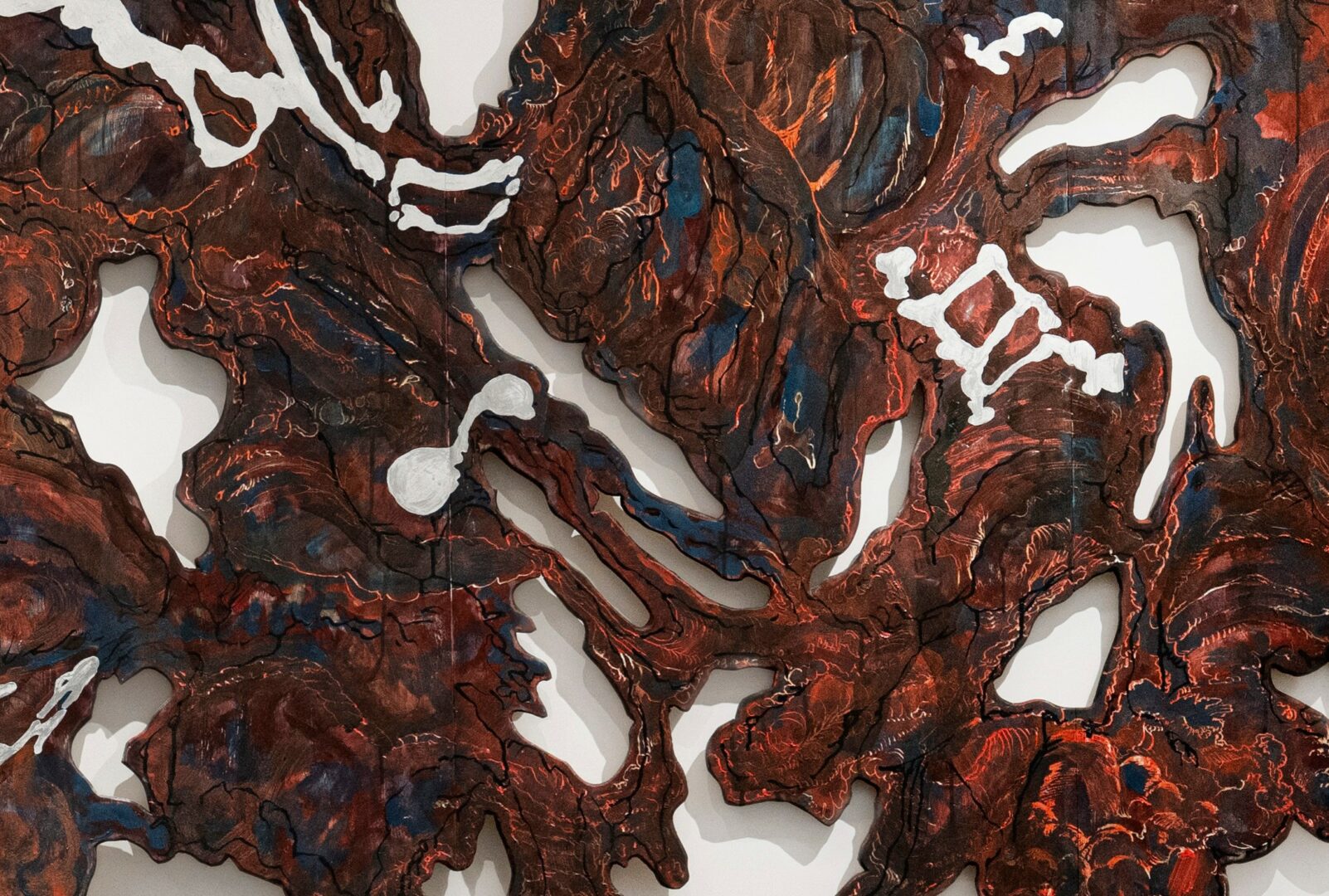
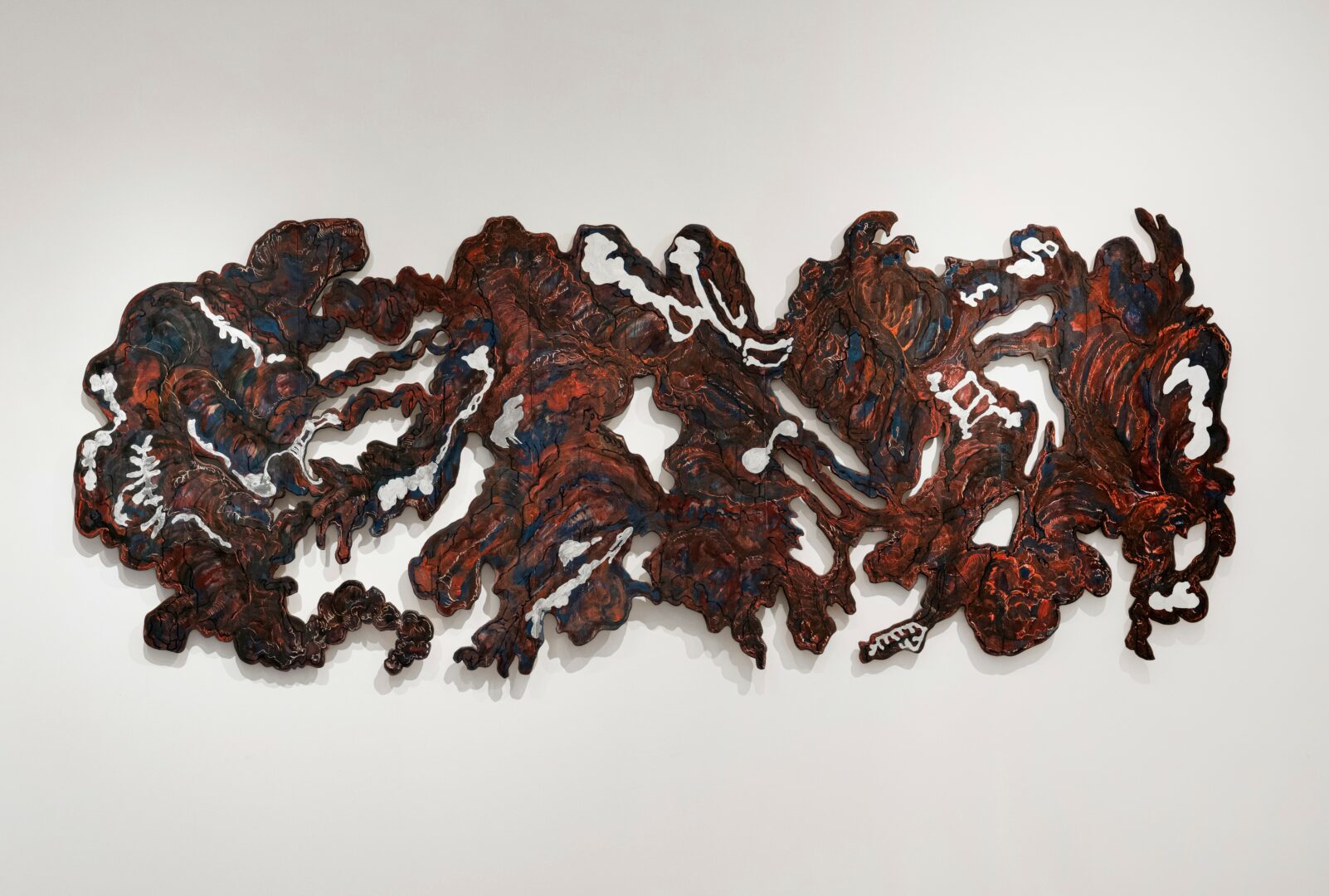

Contact Info:
- Website: www.moonyerang.com
- Instagram: @_moonyerang

